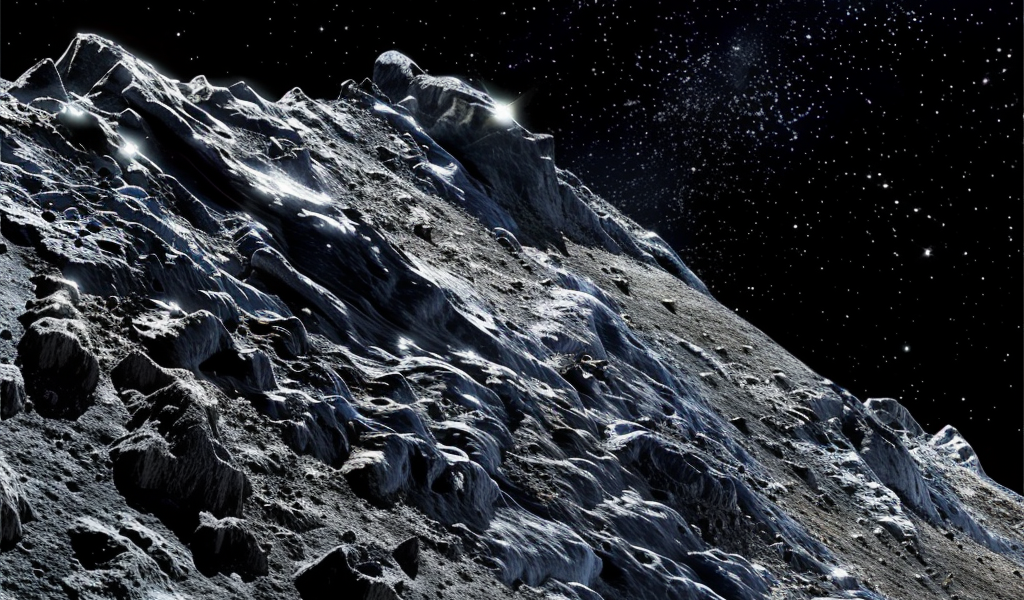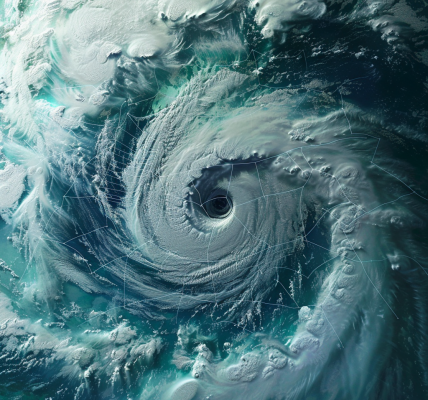Recent studies of the ancient asteroid Ryugu have unveiled significant insights into the role of water in shaping not just the asteroid itself, but also its potential influence on the early Earth. Formed billions of years ago, Ryugu has a complex history marked by freeze-thaw cycles that have left a distinct imprint on its surface and internal structure.
The Hayabusa2 mission, conducted by the Japan Aerospace Exploration Agency (JAXA), successfully returned samples from Ryugu, allowing scientists to study its geological features in detail. The analysis of these samples revealed fractures in the asteroid’s rocky surface, which are believed to have been caused by the expansion of ice during freeze-thaw cycles. These geological processes are indicative of how water has played a crucial role in the evolution of Ryugu over millions of years.
As Ryugu traveled through the cosmos, the presence of water within its rocks facilitated the formation of various minerals. This interaction between water and the asteroid’s mineral composition is particularly intriguing, as it suggests that Ryugu may have been a significant contributor of organic materials to Earth when it impacted our planet. Such impacts could have provided essential building blocks for life, reinforcing the hypothesis that asteroids like Ryugu played a pivotal role in the emergence of life on Earth.
Further examination of Ryugu’s surface reveals a landscape marked by cracks and fissures, a direct result of the freeze-thaw process. These cycles not only altered the asteroid’s exterior but also its internal structure, allowing water to permeate through the rocky body. This interaction between water and minerals has left behind a legacy that could offer clues about the early conditions on Earth.
The findings from Ryugu highlight the importance of water in the formation and evolution of celestial bodies. The fractures observed in the asteroid are filled with water-altered minerals, suggesting that at some point in its history, Ryugu contained water. This discovery adds a new dimension to our understanding of asteroids as potential carriers of life-supporting materials.
Moreover, the freeze-thaw cycles that shaped Ryugu’s surface may have also led to the formation of geysers that released water vapor into space. Such phenomena could provide insights into the dynamic processes that govern the evolution of asteroids and their potential to deliver vital resources to planets like Earth.
In summary, the study of asteroid Ryugu has unveiled a complex interplay between water and rock, revealing how ancient cosmic processes have influenced the evolution of both the asteroid and the early Earth. As scientists continue to analyze the samples returned by the Hayabusa2 mission, the potential for uncovering further secrets about our solar system’s history remains vast.
As we delve deeper into the mysteries of asteroids and their role in the formation of life, Ryugu stands as a testament to the intricate connections between celestial bodies and the origins of life on our planet.





